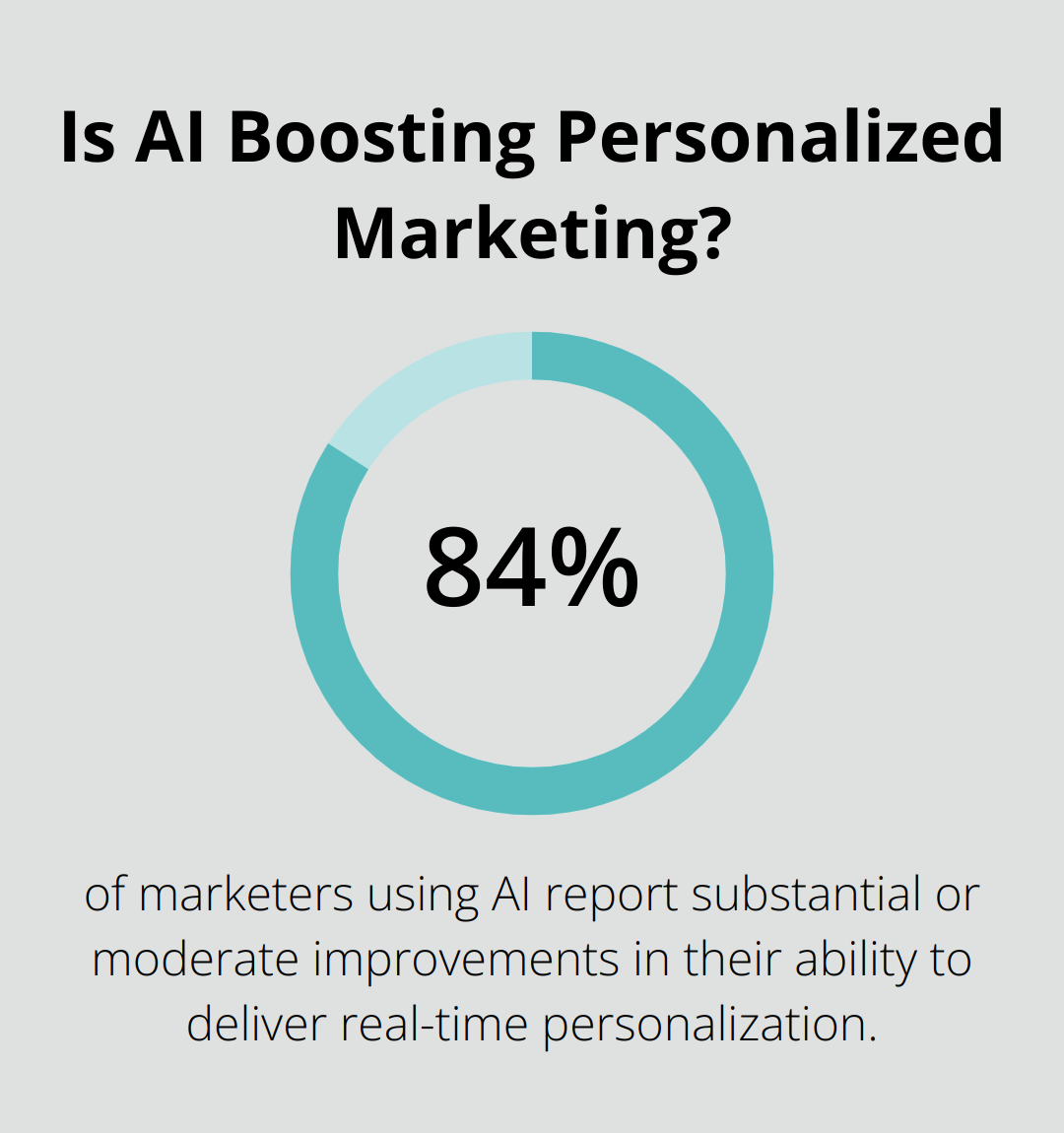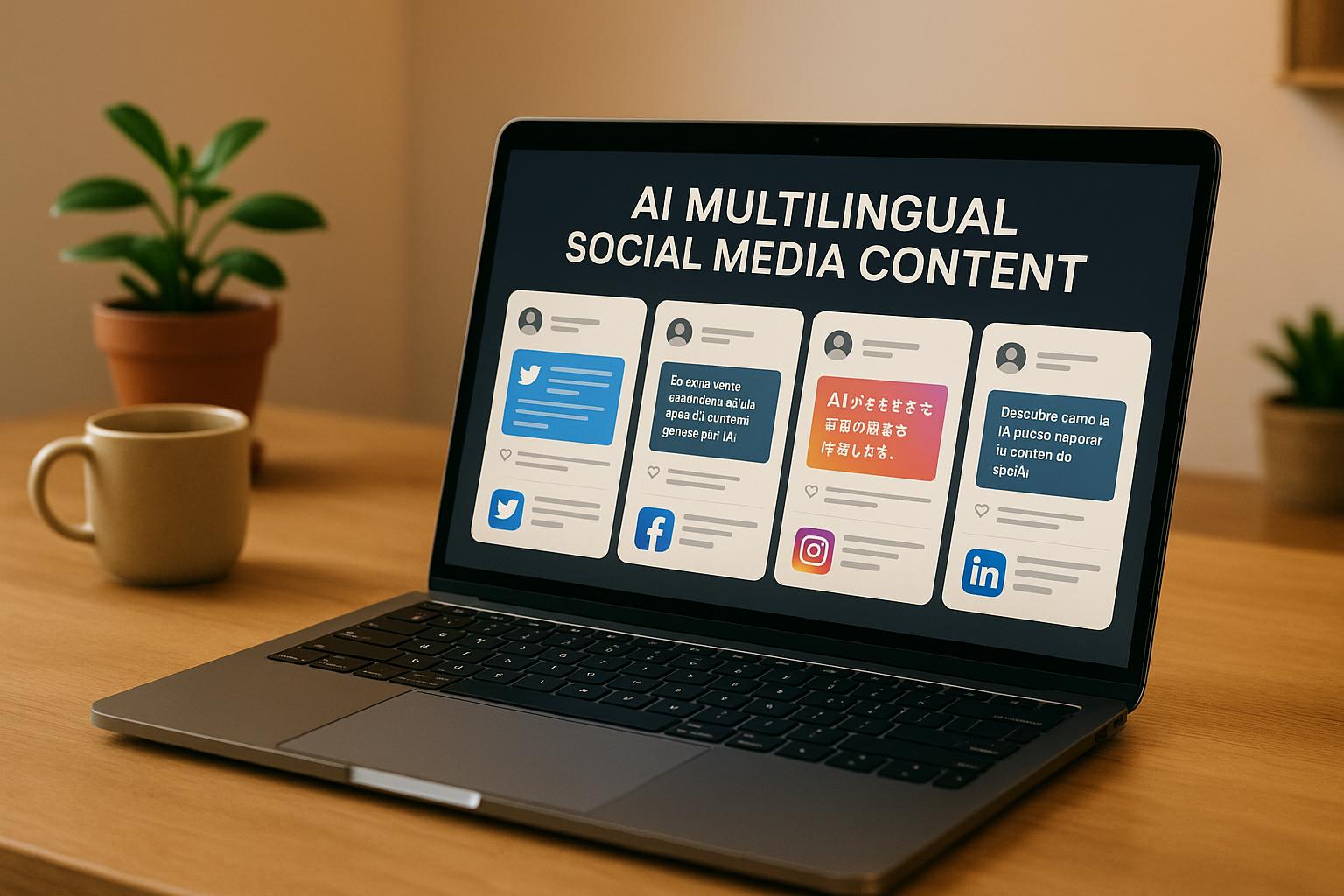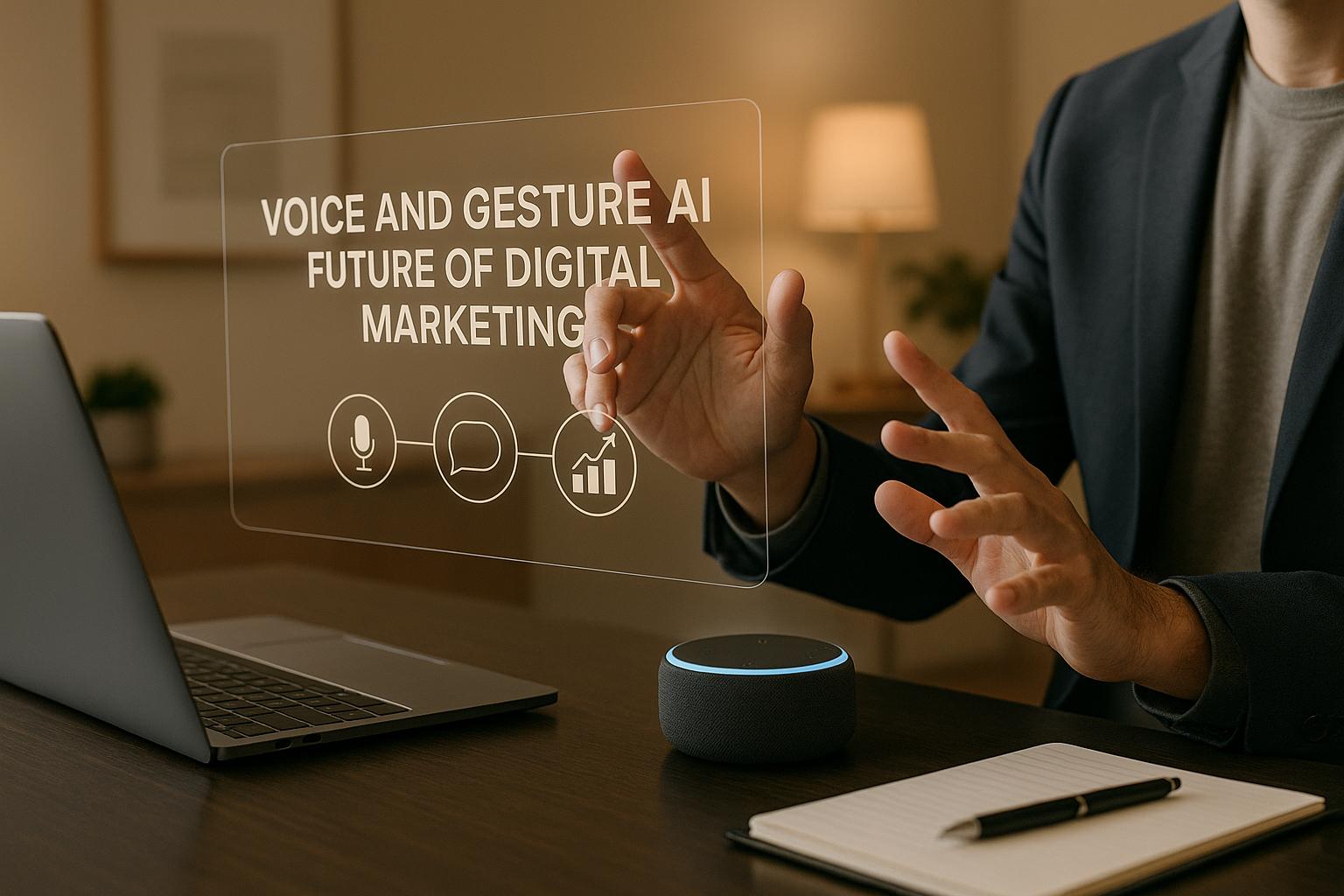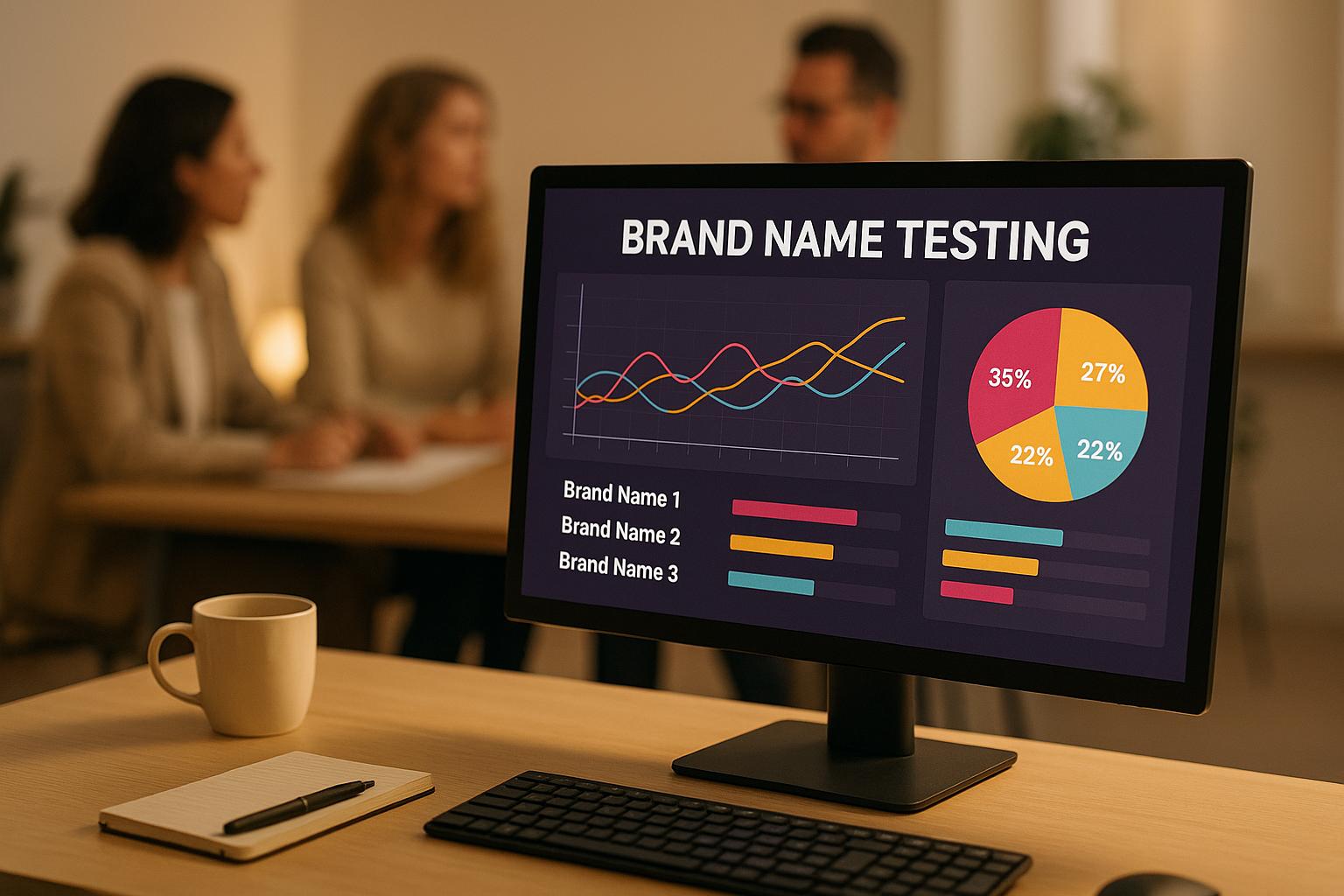Unless you’ve been living on a remote island with no internet access, you know artificial intelligence (AI) has emerged as a game-changing force, revolutionizing the way businesses connect with their customers. In 2025, AI-powered marketing strategies are no longer a futuristic concept but a present-day necessity for companies looking to stay competitive and drive growth. In this article, we’ll explore ten cutting-edge AI marketing strategies that will propel your business to new heights in the coming years.
The Rise of AI in Modern Marketing
Before diving into specific strategies, it’s essential to understand the pivotal role AI plays in today’s marketing landscape. AI technologies have transformed how businesses analyze data, predict consumer behavior, and deliver personalized experiences at scale. By leveraging machine learning algorithms and big data analytics, companies can now make more informed decisions, automate repetitive tasks, and create highly targeted campaigns that resonate with their audience.
The global AI in marketing market is expected to grow from $15.84 billion in 2021 to $107.5 billion by 2028, demonstrating the increasing importance of AI in shaping marketing strategies. This rapid growth is driven by the need for more efficient, data-driven marketing approaches that can keep pace with changing consumer behaviors and expectations.
1. Hyper-Personalization Through Predictive Analytics
One of the most powerful AI marketing strategies is the use of predictive analytics to deliver hyper-personalized content and product recommendations. By analyzing vast amounts of customer data, including browsing history, purchase behavior, and demographic information, AI algorithms can predict individual preferences with remarkable accuracy.
For example, Netflix’s recommendation engine, powered by AI, suggests content tailored to each user’s viewing habits, resulting in increased engagement and customer satisfaction. Implementing similar predictive analytics in your marketing efforts can lead to higher conversion rates and improved customer loyalty.
Case Study: Amazon’s product recommendation system, which uses AI to analyze customer browsing and purchase history, is responsible for up to 35% of the company’s total sales. By implementing a similar system, e-commerce businesses can significantly boost their cross-selling and upselling capabilities.

2. AI-Powered Chatbots for 24/7 Customer Service
Chatbots have come a long way from their early days of simple, rule-based responses. Today’s AI-powered chatbots use natural language processing (NLP) to understand and respond to customer queries with human-like precision. These virtual assistants can handle multiple conversations simultaneously, providing instant support around the clock.
Implementing AI chatbots on your website or social media platforms can significantly improve customer satisfaction by offering quick, accurate responses to common questions. This not only enhances the user experience but also frees up your human customer service team to focus on more complex issues.
Key Benefits:
- 24/7 availability
- Instant responses
- Consistent customer experience
- Reduced operational costs
- Scalability to handle multiple queries simultaneously
Implementation Tip: Start by identifying the most common customer queries and train your chatbot to handle these effectively. Gradually expand its capabilities as you gather more data on customer interactions.
3. Dynamic Pricing Optimization
AI algorithms can analyze market conditions, competitor pricing, and customer behavior in real time to determine the optimal price point for your products or services. This dynamic pricing strategy ensures that you’re always offering competitive prices while maximizing your profit margins.
Airlines and e-commerce giants like Amazon have been using AI-driven dynamic pricing for years, but now this technology is becoming accessible to businesses of all sizes. By implementing dynamic pricing, you can respond quickly to market fluctuations and customer demand, giving you a significant edge over competitors.
Key Considerations:
- Real-time market data analysis
- Competitor price monitoring
- Demand forecasting
- Customer segmentation
- Price elasticity modeling
Example: Uber’s surge pricing model uses AI to adjust ride prices based on real-time demand, maximizing revenue during peak hours while incentivizing more drivers to meet increased demand.
4. AI-Generated Content Creation
Content creation is a time-consuming process, but AI is changing the game. While it’s not yet capable of replacing human creativity entirely, AI can assist in generating high-quality content at scale. From social media posts to product descriptions and even basic articles, AI-powered tools can help streamline your content creation process.
For instance, GPT-4, one of the most advanced language models, can generate human-like text based on a given prompt. While human oversight is still necessary, these tools can significantly boost your content production capabilities and ensure a consistent flow of engaging material for your audience.
AI Content Creation Applications:
- Social media posts and captions
- Email subject lines and body content
- Product descriptions
- Basic blog posts and articles
- Ad copy variations
Best Practice: Use AI-generated content as a starting point or to augment human-created content. Always review and edit AI-generated material to ensure it aligns with your brand voice and messaging.
5. Predictive Lead Scoring
Identifying and prioritizing high-quality leads is crucial for any business. AI-powered predictive lead scoring takes this process to the next level by analyzing vast amounts of data to determine which leads are most likely to convert. By considering factors such as demographics, online behavior, and past interactions with your brand, AI can assign accurate scores to potential customers.
This allows your sales team to focus their efforts on the most promising leads, increasing efficiency and conversion rates. Implementing predictive lead scoring can result in a more targeted approach to sales and marketing, ultimately leading to higher ROI.
Key Metrics for Lead Scoring:
- Demographic information
- Company size and industry (for B2B)
- Website interaction data
- Email engagement rates
- Social media activity
- Past purchase history
Case Study: Salesforce Einstein, an AI-powered CRM tool, has helped companies increase their lead conversion rates by up to 30% through its predictive lead-scoring capabilities.

6. Visual and Voice Search Optimization
As visual and voice search technologies continue to advance, optimizing your content for these mediums is becoming increasingly important. AI plays a crucial role in interpreting and understanding visual and auditory inputs, making it essential for businesses to adapt their SEO strategies accordingly.
For visual search, use AI-powered image recognition tools to tag and categorize your product images accurately. For voice search, focus on natural language and conversational keywords that align with how people speak rather than type. By optimizing for these emerging search methods, you’ll be well-positioned to capture traffic from users leveraging these technologies.
Visual Search Optimization Tips:
- Use high-quality, clear images
- Implement proper alt text and image descriptions
- Create image sitemaps
- Use AI tools to analyze and tag images automatically
Voice Search Optimization Strategies:
- Focus on long-tail, conversational keywords
- Optimize for featured snippets
- Create FAQ pages addressing common voice queries
- Ensure your website is mobile-friendly
7. Automated Ad Campaign Optimization
AI is revolutionizing the way businesses manage their advertising campaigns. Machine learning algorithms can analyze campaign performance in real time, making automatic adjustments to optimize ad spend and improve results. This includes tweaking ad copy, adjusting bids, and targeting the most responsive audiences.
Platforms like Google Ads and Facebook Ads already incorporate AI-driven features, but more advanced third-party tools are emerging that offer even more sophisticated optimization capabilities. By leveraging these AI-powered ad management solutions, you can ensure your marketing budget is being used as effectively as possible.
AI-Driven Ad Optimization Features:
- Automated bid management
- Dynamic ad creation and testing
- Audience targeting refinement
- Cross-channel budget allocation
- Performance forecasting
Example: Albert.ai, an autonomous marketing platform, helped a retail client increase their return on ad spend by 330% by automatically optimizing their digital advertising campaigns across multiple channels.
8. Sentiment Analysis for Brand Monitoring
Understanding how customers perceive your brand is crucial for maintaining a positive reputation and addressing issues promptly. AI-powered sentiment analysis tools can monitor social media, review sites, and other online platforms to gauge public opinion about your brand in real time.
By analyzing the tone and context of mentions, these tools can provide valuable insights into customer satisfaction, identify potential crises before they escalate, and help you respond to feedback more effectively. Implementing sentiment analysis as part of your marketing strategy can help you stay ahead of the curve and maintain a strong brand image.
Key Benefits of Sentiment Analysis:
- Real-time brand reputation monitoring
- Early crisis detection and management
- Competitive analysis
- Product and service improvement insights
- Customer satisfaction tracking
Implementation Tip: Set up alerts for sudden changes in sentiment or spikes in brand mentions to quickly identify and address potential issues or opportunities.
9. AI-Driven Customer Segmentation
Traditional customer segmentation methods often rely on broad demographic categories, but AI takes this to a whole new level. By analyzing vast amounts of data, including purchase history, browsing behavior, and social media activity, AI can create highly specific customer segments based on shared characteristics and behaviors.
This granular segmentation allows for more targeted marketing campaigns, personalized product recommendations, and improved customer experiences. As a result, you can expect higher engagement rates, increased customer loyalty, and ultimately, better ROI on your marketing efforts.
Advanced Segmentation Criteria:
- Behavioral patterns
- Psychographic profiles
- Lifecycle stages
- Channel preferences
- Purchase frequency and value
- Product affinity
Case Study: Starbucks uses AI-driven segmentation to personalize its mobile app experience for over 17 million users, resulting in increased order frequency and higher average order values.

10. Predictive Customer Lifetime Value Modeling
Understanding the long-term value of your customers is essential for making informed marketing and business decisions. AI-powered predictive customer lifetime value (CLV) modeling can accurately forecast the future value of individual customers based on their past behavior and other relevant factors.
By identifying high-value customers early on, you can tailor your marketing efforts to retain and nurture these relationships. Additionally, this information can guide decisions on customer acquisition strategies, helping you focus on attracting customers with the highest potential long-term value.
Applications of CLV Modeling:
- Personalized retention strategies
- Targeted upselling and cross-selling
- Customer acquisition cost optimization
- Resource allocation for customer service
- Long-term revenue forecasting
Best Practice: Regularly update your CLV models with new data to ensure they remain accurate and relevant as customer behaviors and market conditions change.
Conclusion
As we look towards 2025, it’s clear that AI-powered marketing strategies will play an increasingly crucial role in business success. From hyper-personalization and predictive analytics to automated ad optimization and AI-generated content, these technologies offer unprecedented opportunities to connect with customers and drive growth.
By embracing these ten AI marketing strategies, businesses of all sizes can gain a competitive edge, improve efficiency, and deliver more value to their customers. As AI continues to evolve, staying informed and adaptable will be key to leveraging its full potential in your marketing efforts.
To get started, consider implementing one or two of these strategies that align most closely with your current business goals. As you become more comfortable with AI-driven marketing, gradually expand your use of these technologies to create a comprehensive, data-driven marketing ecosystem that propels your business forward in the age of AI.





